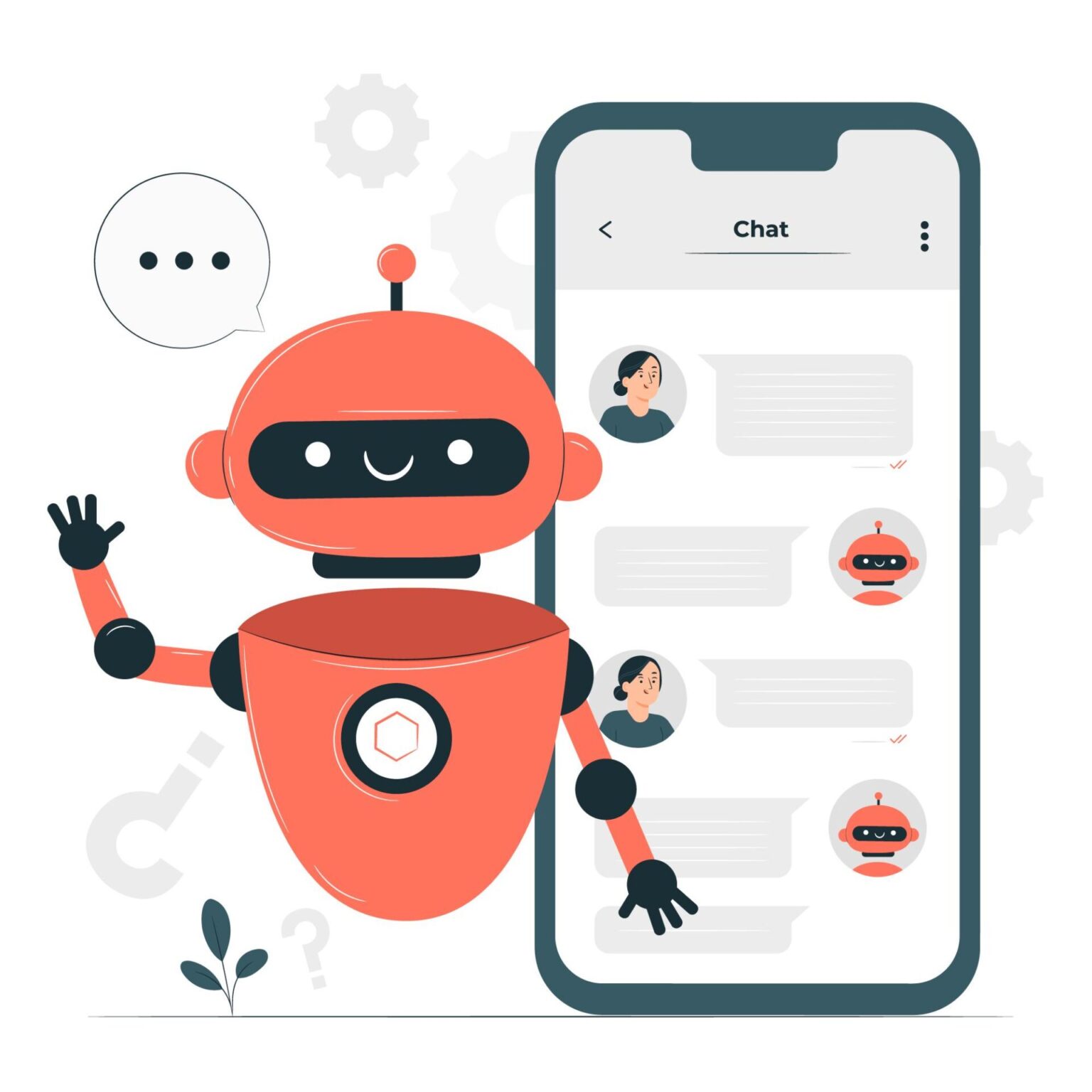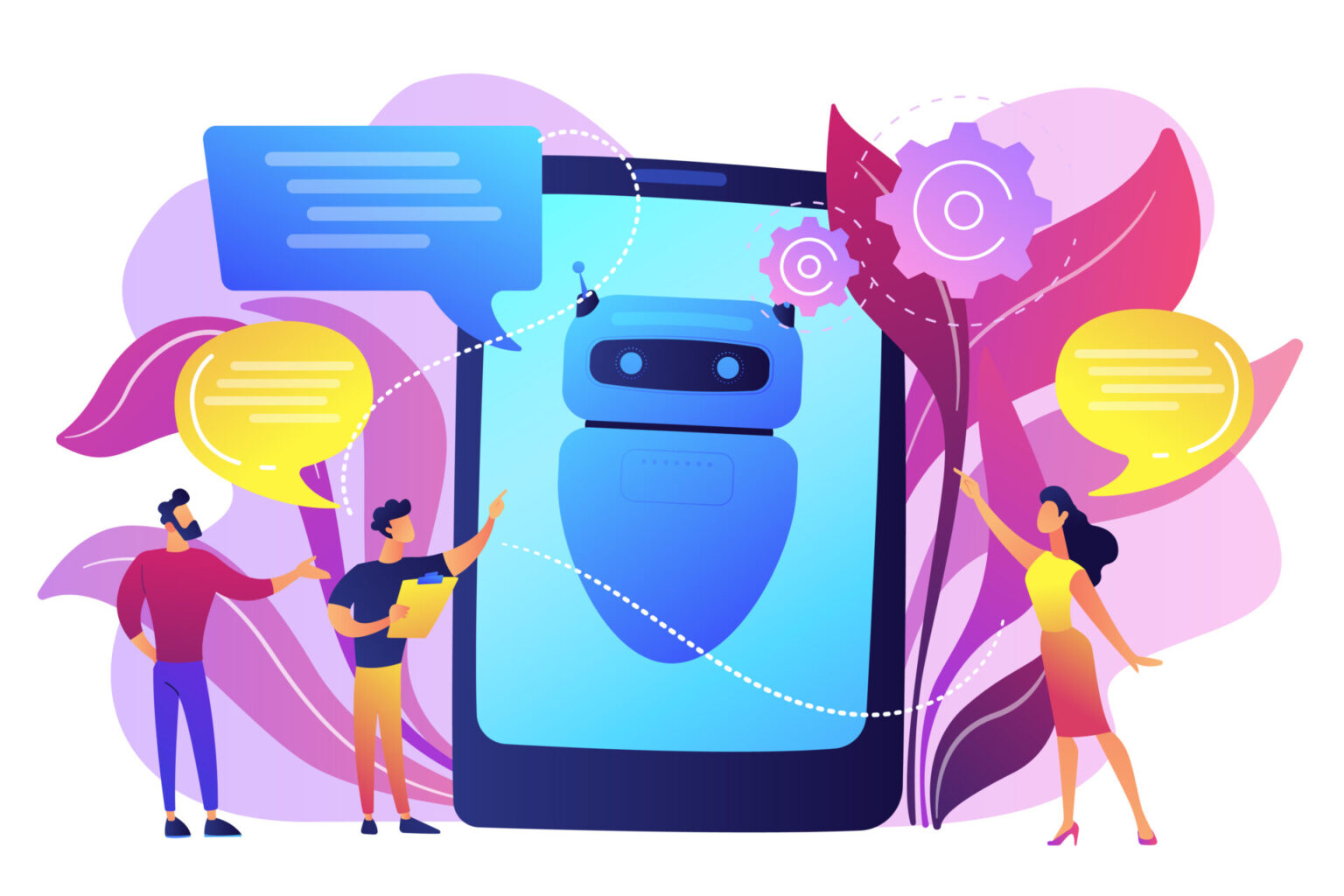In an era where customers demand instant responses and personalized interactions, businesses are turning to chatbots and virtual assistants to revolutionize their customer service operations. These AI-driven tools do more than just handle basic inquiries—they enhance response times, improve customer satisfaction, and free human agents to focus on complex issues. The result is a more efficient and engaging service experience that resonates with today’s consumers.
This article explores how chatbots and virtual assistants are transforming customer service, the tangible benefits they deliver, and how XMC360 helps businesses implement these technologies for a competitive edge.

Why Chatbots and Virtual Assistants Are Changing the Game
Chatbots and virtual assistants leverage artificial intelligence (AI) and natural language processing (NLP) to understand and respond to customer queries in real time. By automating routine tasks, these tools reduce wait times and deliver consistent, accurate answers across multiple communication channels.
According to IBM, chatbots can handle up to 80% of routine customer queries, potentially reducing support costs by up to 30%¹. This efficiency not only cuts expenses but also allows businesses to scale their customer support operations without compromising on quality. Meanwhile, Gartner predicts that by 2022, 70% of customer interactions will involve emerging technologies like chatbots, a clear indication that these tools are rapidly becoming the norm rather than the exception².
The Business Impact of AI-Driven Customer Service

Faster Response Times and Higher Satisfaction
Customers increasingly expect instant engagement and quick resolutions. Salesforce research indicates that 64% of consumers expect companies to respond and interact with them in real time³. Chatbots and virtual assistants meet this demand by providing immediate answers, boosting customer satisfaction and loyalty.

Cost Savings and Operational Efficiency
utomating routine inquiries can lead to significant cost reductions. Juniper Research estimates that chatbots could save businesses over $8 billion annually by 2022, primarily through reduced workloads on human agents⁴.

Enhanced Scalability
Unlike human agents who work set hours and can handle only a limited volume of inquiries, AI-driven tools are available 24/7 and can manage numerous conversations simultaneously. This scalability ensures that no customer is left waiting, even during peak traffic periods.

Improved Consistency and Accuracy
Chatbots and virtual assistants are programmed with up-to-date product knowledge, policies, and FAQs, ensuring that customers receive consistent, accurate information regardless of when or where they initiate the conversation.
Best Practices for Implementing Chatbots and Virtual Assistants

Start Small and Iterate
Begin by deploying chatbots for simple, high-volume inquiries like order tracking or password resets. Use the insights gained to refine the bot’s capabilities and gradually handle more complex queries.

Maintain a Human Touch
While chatbots excel at efficiency, it’s crucial to have a seamless handoff to a human agent for complex or sensitive issues. This approach provides the best of both worlds—speed and empathy.

Personalize the Experience
Leverage CRM integrations and historical data to tailor responses. Customers appreciate when chatbots recognize their previous interactions or purchasing history, which can deepen engagement.

Monitor Performance and Gather Feedback
Track key metrics like resolution time, customer satisfaction scores, and escalation rates. Use customer feedback to continuously improve the bot’s language understanding, flow, and accuracy.
How XMC360 Supports the Future of Customer Service
At XMC360, we understand that implementing chatbots and virtual assistants isn’t just about adopting new technology—it’s about creating a better customer experience. Our platform seamlessly integrates AI-driven tools into your existing customer service infrastructure, offering:
-
Unified Customer Data
XMC360 provides a single view of each customer’s history, preferences, and past interactions, enabling chatbots to deliver personalized answers.
-
Omnichannel Capabilities
Manage inquiries from email, chat, social media, and phone through one dashboard, ensuring a consistent experience no matter where your customers engage.
-
Advanced Analytics and Insights
XMC360’s analytics tools measure chatbot performance, customer satisfaction, and areas for improvement, helping you refine your strategy and optimize results.
-
Scalable Solutions
As your business grows, our platform can scale effortlessly, allowing you to handle increased volumes and complexities without sacrificing quality.
By partnering with XMC360, businesses can unlock the full potential of chatbots and virtual assistants to offer faster, smarter, and more responsive customer service experiences.

Conclusion
Chatbots and virtual assistants are more than a passing trend—they represent the future of customer service. These tools enable businesses to deliver the speed, convenience, and personalization customers crave, while simultaneously driving down costs and streamlining operations. As adoption continues to rise, companies that invest in AI-driven support stand to gain a competitive advantage in the marketplace.
With XMC360, businesses have the support they need to implement chatbots and virtual assistants effectively, ensuring that both customers and agents benefit from this technological shift. By embracing these tools, organizations can transform their customer service operations, foster loyalty, and position themselves for sustained success.
References
- IBM. (2017). What is a chatbot?
- Gartner. (2018). Gartner Says 25 Percent of Customer Service Operations Will Use Virtual Customer Assistants by 2020.
- Salesforce. (2019). State of the Connected Customer.
- Juniper Research. (2017). Chatbots: Retail, eCommerce, Banking & Healthcare 2017-2022.


